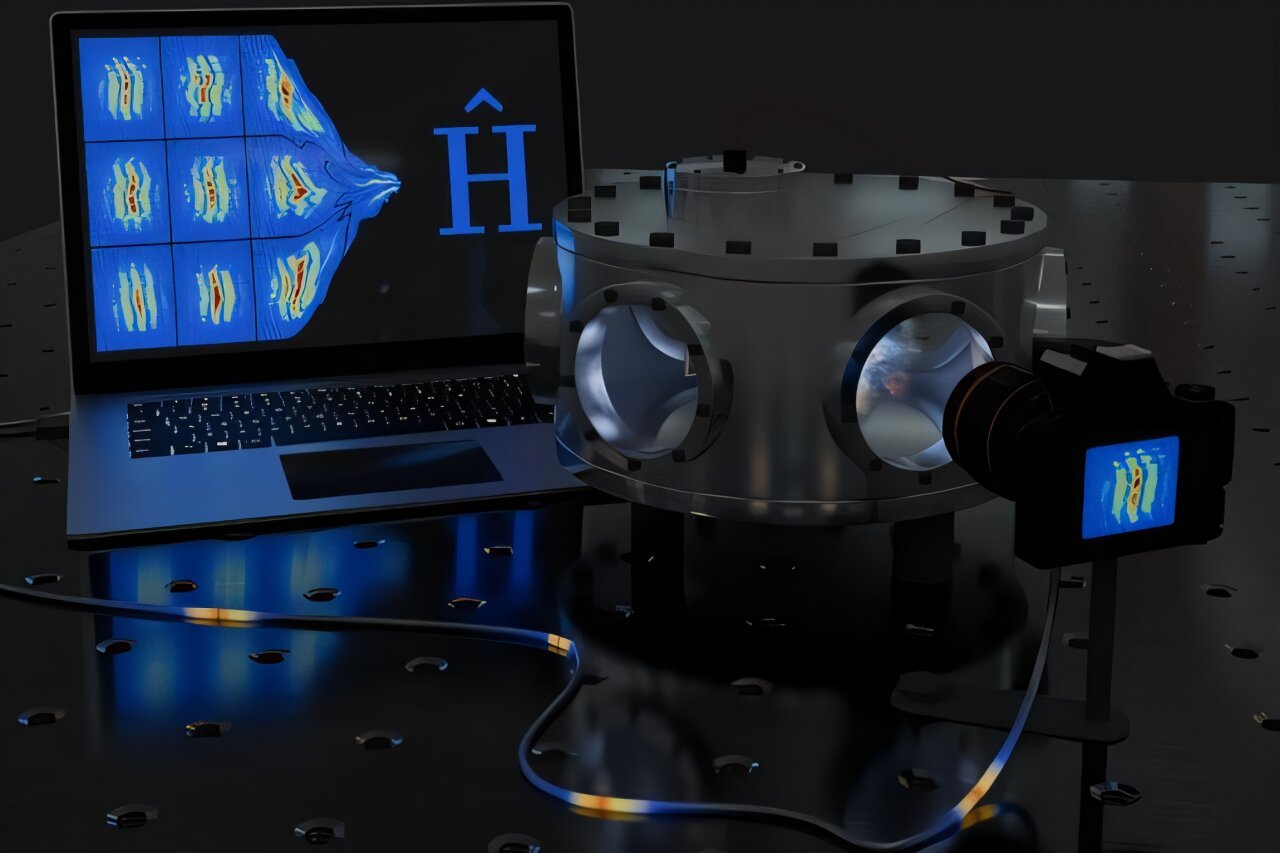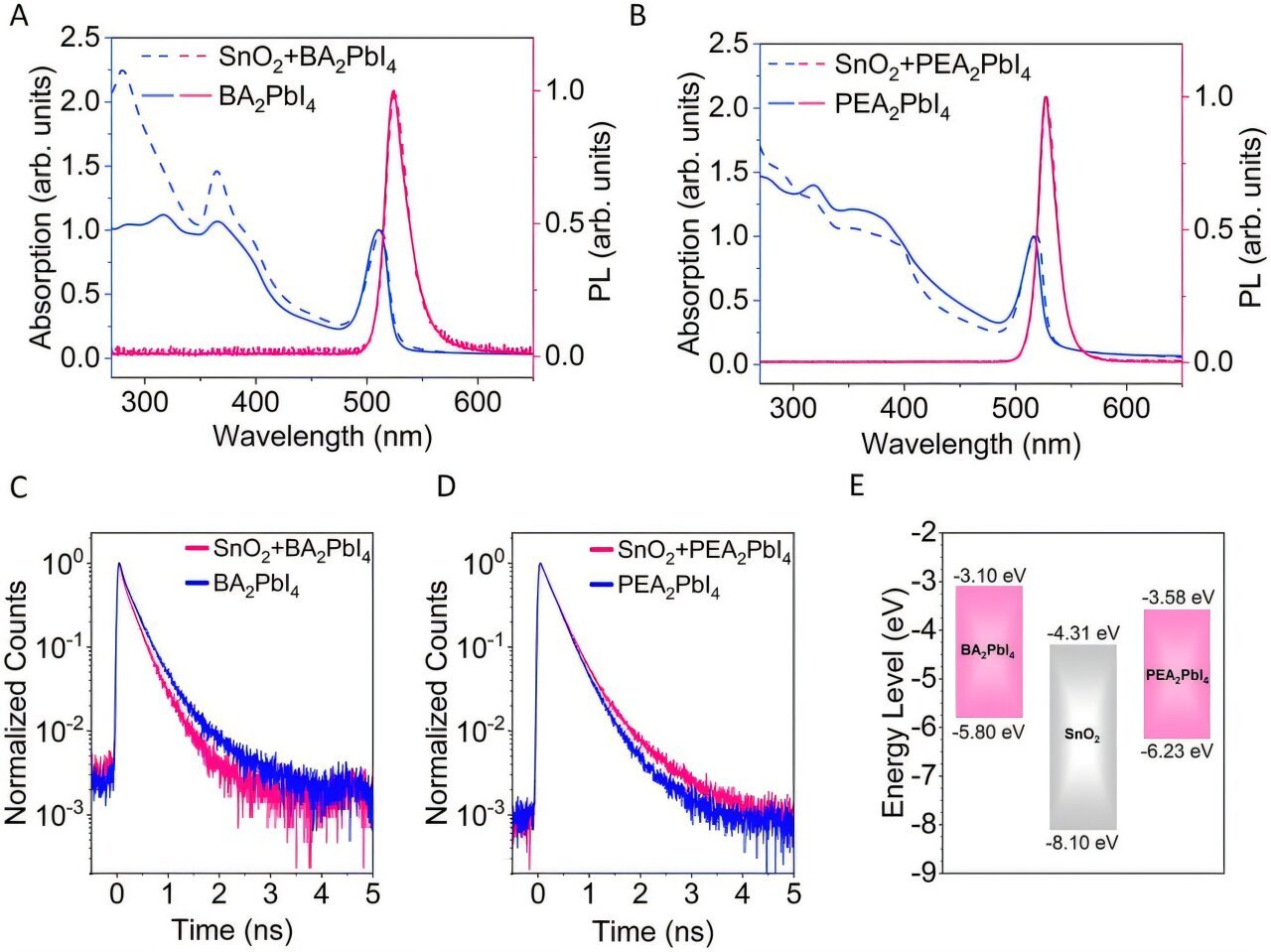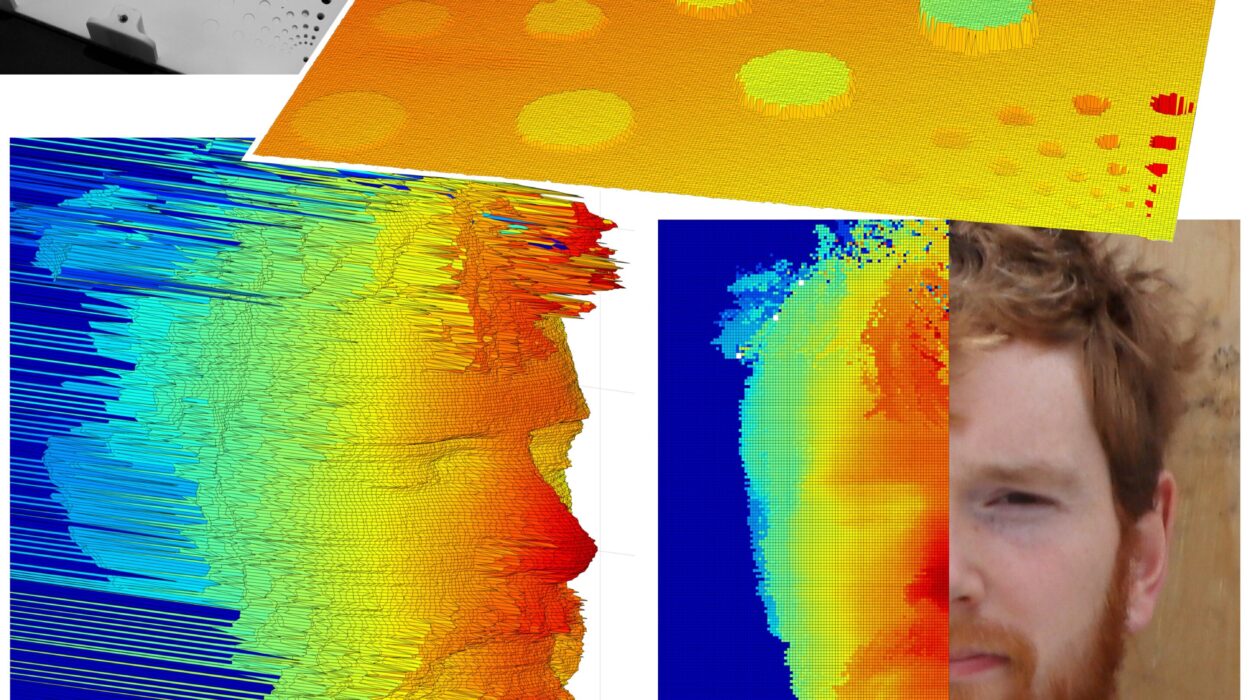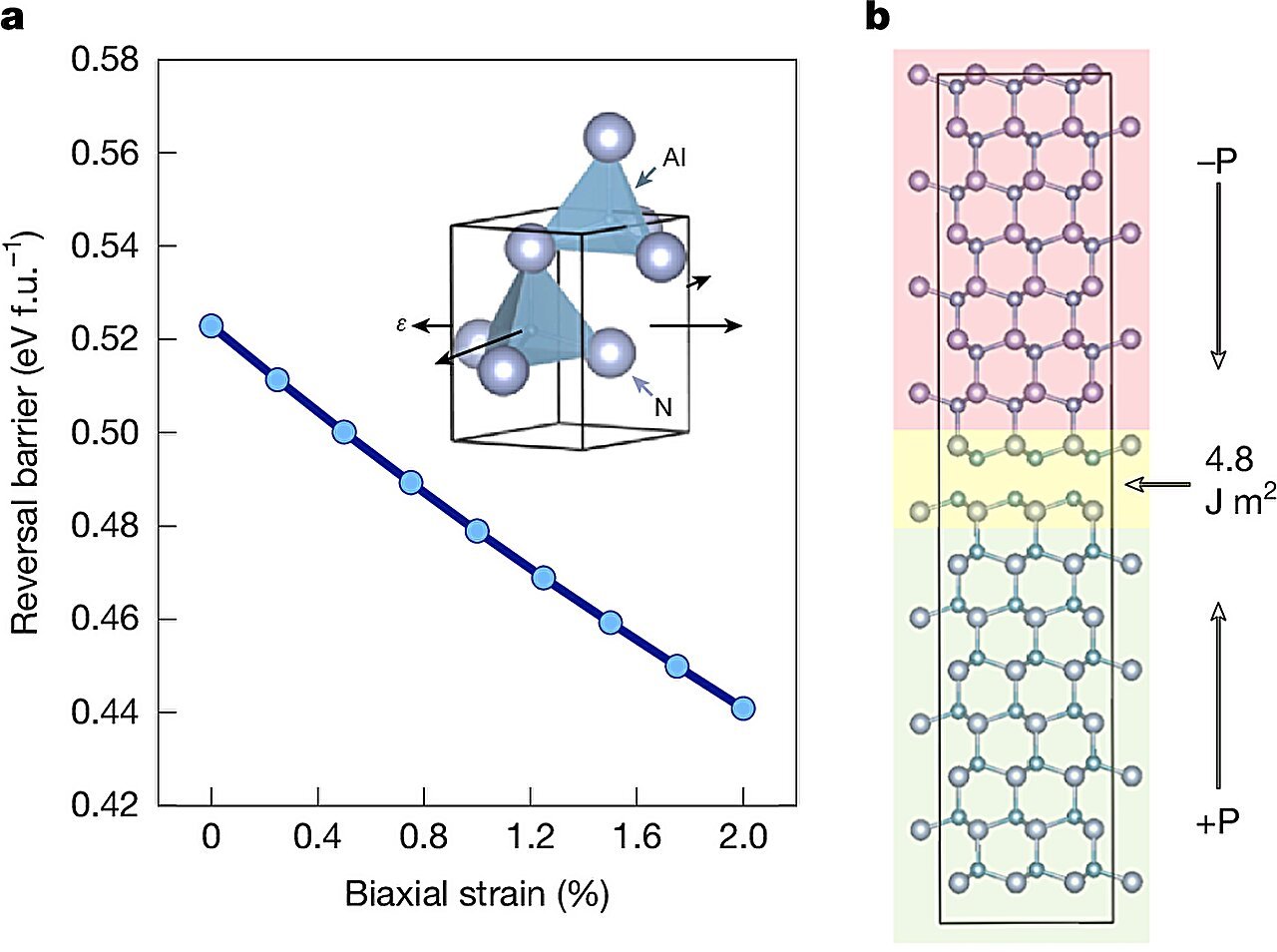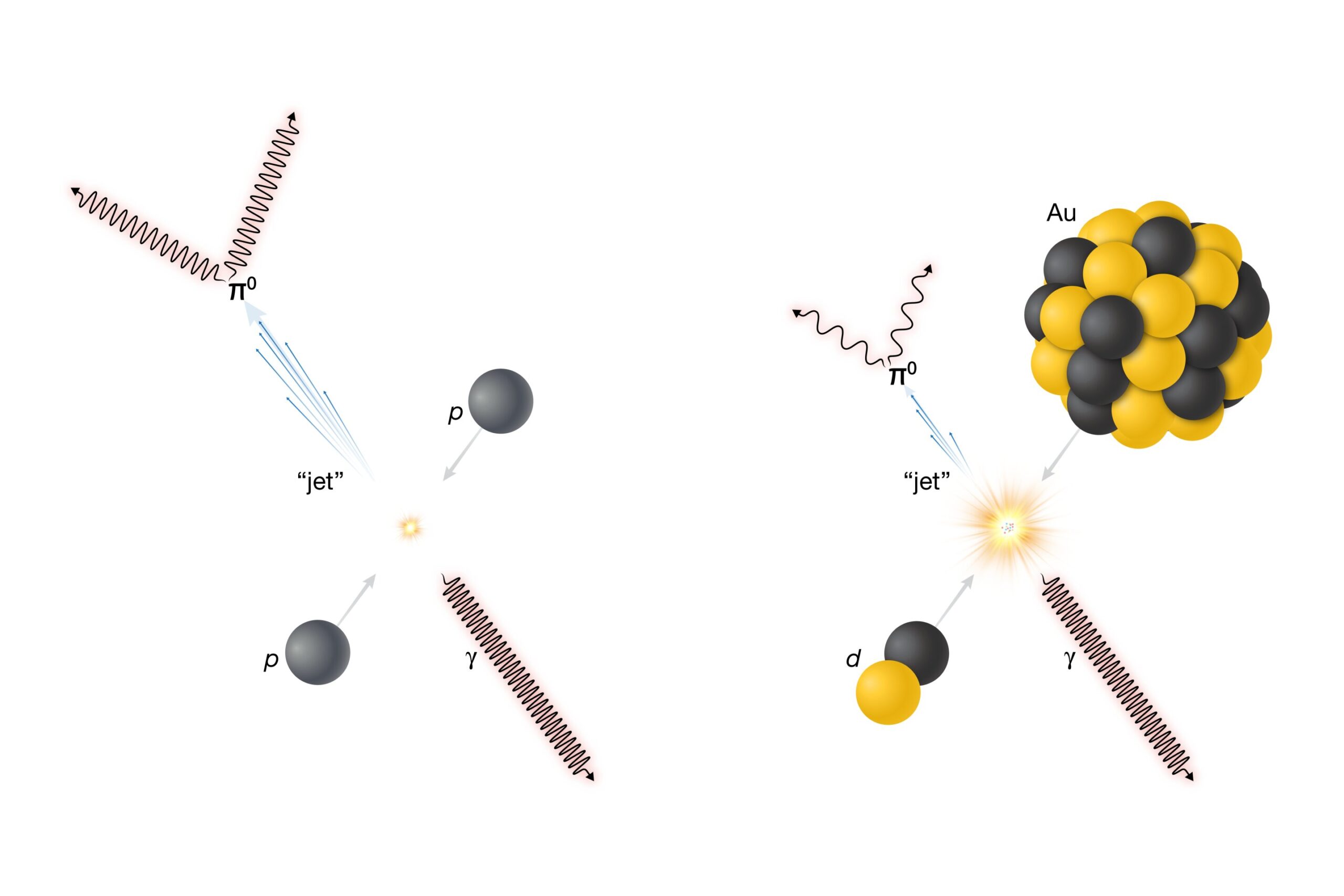Quantum physics is one of the most fascinating and perplexing fields in modern science. It is a broad discipline that spans everything from the behavior of subatomic particles shortly after the Big Bang to the study of electrons in solid materials and the interactions of atoms in distant regions of space. However, not all quantum systems are equally easy to study. In certain cases, like understanding the early universe, direct experiments are simply not feasible. Instead, researchers often rely on indirect methods to gain insights into these complex systems.
One such method is the use of quantum simulators—systems that mimic the behavior of other, less accessible quantum systems. These simulators often involve creating a controllable quantum system, such as a cloud of ultracold atoms, that can be precisely measured and manipulated. By studying these simulators, scientists can draw conclusions about quantum phenomena in entirely different systems, as long as both follow the same mathematical laws. This ability to simulate complex quantum systems offers researchers a powerful tool for exploring phenomena that cannot be directly observed.
The challenge in quantum physics is that it is often difficult to pinpoint the specific equations that govern the behavior of a given quantum system. In many cases, theoretical assumptions must be made first, followed by experiments to verify or refute those assumptions. In this context, researchers at the University of Innsbruck, the Institute of Quantum Optics and Quantum Information (IQOQI), and TU Wien (Vienna) have made a significant breakthrough. They have developed a method that allows them to determine the physical equations governing a quantum system directly from experimental data, a process that previously relied on complex theoretical derivations.
This breakthrough is a step forward in ensuring that quantum simulators are operating as intended. For the first time, researchers can directly test whether a quantum simulator is performing correctly, which is crucial for making reliable predictions about quantum systems that cannot be directly studied. The ability to validate quantum simulators in this way opens the door to making more precise and quantitative statements about the behavior of quantum systems.
To understand why this development is so important, it is necessary to consider some of the challenges faced in quantum physics research. As Robert Ott, a postdoctoral researcher at the University of Innsbruck, explains, quantum systems often involve highly complicated equations. When a large number of particles are involved, even the most powerful supercomputers can struggle to provide accurate solutions. In such cases, quantum simulators provide a practical alternative. These simulators, typically composed of quantum particles that can be controlled and measured with high precision, allow scientists to model other quantum systems and explore their properties in a more accessible way. This is akin to using water waves as a model to study sound waves—a comparison that helps to conceptualize how quantum simulators can provide insights into more complex quantum systems.
A particularly interesting and widely used type of quantum simulator involves clouds of ultracold atoms. At TU Wien, Prof. Jörg Schmiedmayer’s team uses atom chips to trap, manipulate, and study these clouds of atoms in a controlled environment. The interactions and excitations that occur within these atom clouds follow mathematical equations that resemble those found in other quantum systems. This makes them an ideal candidate for studying systems that may be too difficult or impossible to experiment with directly.
The key question in this line of research is: What exactly do these mathematical equations look like for the system of ultracold atoms? Do they match the fundamental laws that govern entirely different quantum systems? This question requires researchers to compare experimental data with theoretical predictions, a process that forms the backbone of scientific inquiry.
In traditional scientific research, the process of comparing theory and experiment is fairly straightforward. Researchers propose a theoretical model for a particular phenomenon and then conduct experiments to see if the predictions hold true. If the results match, it is a sign that the theory is correct. If they don’t, the theory must be revised or replaced. However, with quantum simulators, things are not quite so simple. The number of atoms involved in a quantum system is large, and their interactions are often highly complex. Deriving the equations that describe these interactions directly from basic physical principles is nearly impossible.
This is where the breakthrough by the research team at the University of Innsbruck and TU Wien comes into play. Instead of relying on theoretical assumptions or complex computer simulations, the team developed a method to read the relevant equations directly from the experimental data itself. This new technique involves measuring the atomic clouds in such a way that researchers can directly infer the mathematical form of the Hamiltonian operator—the key mathematical object in quantum theory that describes how a quantum system behaves.
The Hamiltonian operator can take many different forms, depending on the types of interactions between particles and the strength of those interactions. By carefully analyzing the correlations between various measurements of the atomic clouds, the researchers can identify which interaction terms are present in the Hamiltonian and determine the parameters that describe their strength. This method eliminates the need for time-consuming simulations, providing researchers with an efficient and reliable way to identify the fundamental equations governing the system.
This is an important advance because it allows scientists to directly validate quantum simulators. With this new method, it is possible to check whether a quantum simulator is correctly simulating the behavior of a more complicated quantum system. This validation is crucial for ensuring that quantum simulators can be used to study quantum phenomena in systems that cannot be directly observed.
The research team’s approach is part of a broader effort to advance the field of quantum simulation, an area of study that holds great promise for understanding complex quantum systems. The QuantA Cluster of Excellence, a collaborative research initiative focused on quantum simulators, is working to develop both experimental and theoretical methods for improving the accuracy and reliability of quantum simulations. The ability to verify the equations governing quantum systems using experimental data is a significant step toward realizing the full potential of quantum simulators.
Looking ahead, the team is confident that quantum simulators will provide valuable insights into quantum systems that would be difficult or impossible to investigate using traditional methods, such as computer simulations. By enabling scientists to test and validate the behavior of quantum systems in a controlled environment, quantum simulators will allow for more accurate predictions about the behavior of quantum phenomena in other, less accessible systems.
This breakthrough also has far-reaching implications for a wide range of scientific fields. From understanding the properties of exotic materials to exploring the behavior of particles in the early universe, quantum simulators have the potential to revolutionize our understanding of the quantum world. As the technology behind these simulators continues to evolve, it is likely that they will become an indispensable tool for researchers seeking to unlock the mysteries of the quantum realm.
Reference: Robert Ott et al, Hamiltonian learning in quantum field theories, Physical Review Research (2024). DOI: 10.1103/PhysRevResearch.6.043284
